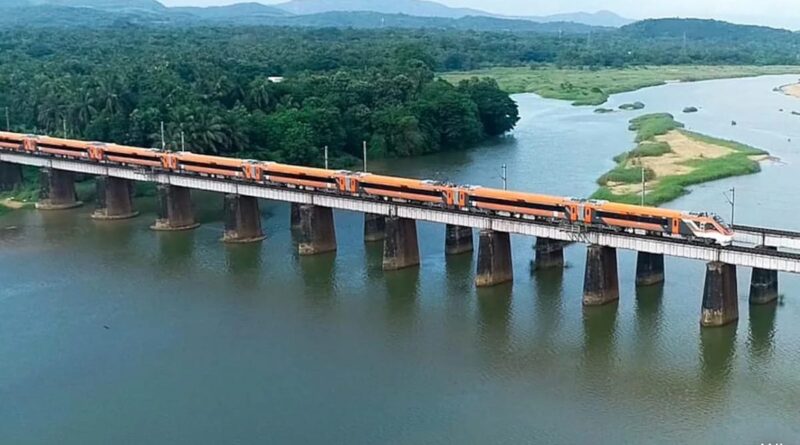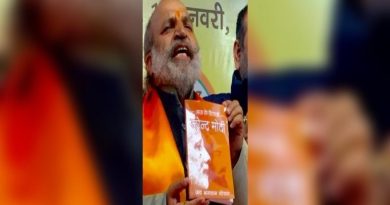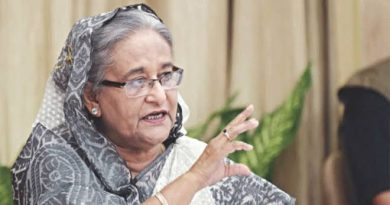India Has World’s Largest Green Railway Network – 95% Electrification Done
Other experts at the conference said that railway modernisation is the key to India’s economic growth and a way forward to achieve the Viksit Bharat or developed India goal by 2047.
Indian Railways has electrified 95 per cent of its vast 68,000 km track network to emerge as the largest green railway in the world, according to a senior official of the Ministry of Railways.
Mukul Saran Mathur, Additional Member, Railway Board, said that the railway system caters to two crore passengers daily and has recently operated over 5,000 special trains to assist migrant workers. He highlighted the Vande Bharat trains as a “flagship product” in India’s rail modernisation efforts.
Speaking at the ASSOCHAM National Conference here, Mathur said that the Indian government has allocated ₹ 85,000 crore for railway expansion in the 2023-24 fiscal year. Improvements include a faster ticket refund process, now reduced to one or two business days.
Other experts at the conference said that railway modernisation is the key to India’s economic growth and a way forward to achieve the Viksit Bharat or developed India goal by 2047.
Deepak Sharma from ASSOCHAM stressed that modernising the railways is central to India’s vision of ‘Viksit Bharat’ (Developed India), aiming to enhance connectivity and support economic growth.
Sanjay Bajpai from the National Council on Logistics and Warehousing highlighted the role of AI and machine learning in achieving 100 per cent cargo visibility and last-mile connectivity through the Gati Shakti plan.
Animesh Gupta of Goldratt Research Labs emphasised the need for a 40 per cent rail freight share and reducing the environmental impact of railway operations. Manish Puri of ACTO and Moonish Ghuge from ABB India Ltd discussed the importance of modern safety measures and infrastructure to meet increasing trade demands and ensure passenger safety.
The discussions underscored the necessity for transparency and reliability in implementing transformative technological solutions for India’s railways.
While speaking at the event, experts said that railway modernisation is the key to India’s economic growth and a way forward to achieve the Viksit Bharat or developed India goal by 2047.
Mukul Saran Mathur, Additional Member- Commercial, Union Ministry of Railways shared how railways operate in challenging times.
He added that over 5,000 special trains have recently been operated to transport migrants. Focusing on the modernisation of the railways for Viksit Bharat, he mentioned an example of Vande Bharat trains which is a major flagship product in India. Accidents have been reduced with technological advancement and high-speed trains are available on routes for faster travel journeys.
Other experts at the conference underlined the importance of the railways in the development of the country and achieving the goal of a Viksit Bharat by 2047.
Sanjay Bajpai, Co-chairman, National Council on Logistics & Warehousing, Assocham and Executive Director, Container Corporation of India said AI and machine learning are useful in terminals for 100 per cent cargo visibility. “We aim to have last-mile connectivity as we are working on the Gati Shakti plan,” he added.
Animesh Gupta, Decision Scientist Goldratt Research Labs USA discussed the gaps in railways related to technology and freight. “We need to reach 40 per cent freight by rail to meet the demands. There’s a need to reduce the environmental footprint of railway operations. The railway sector needs to ensure that digital solutions are secure and protected from cyber threats,” he pointed out.




